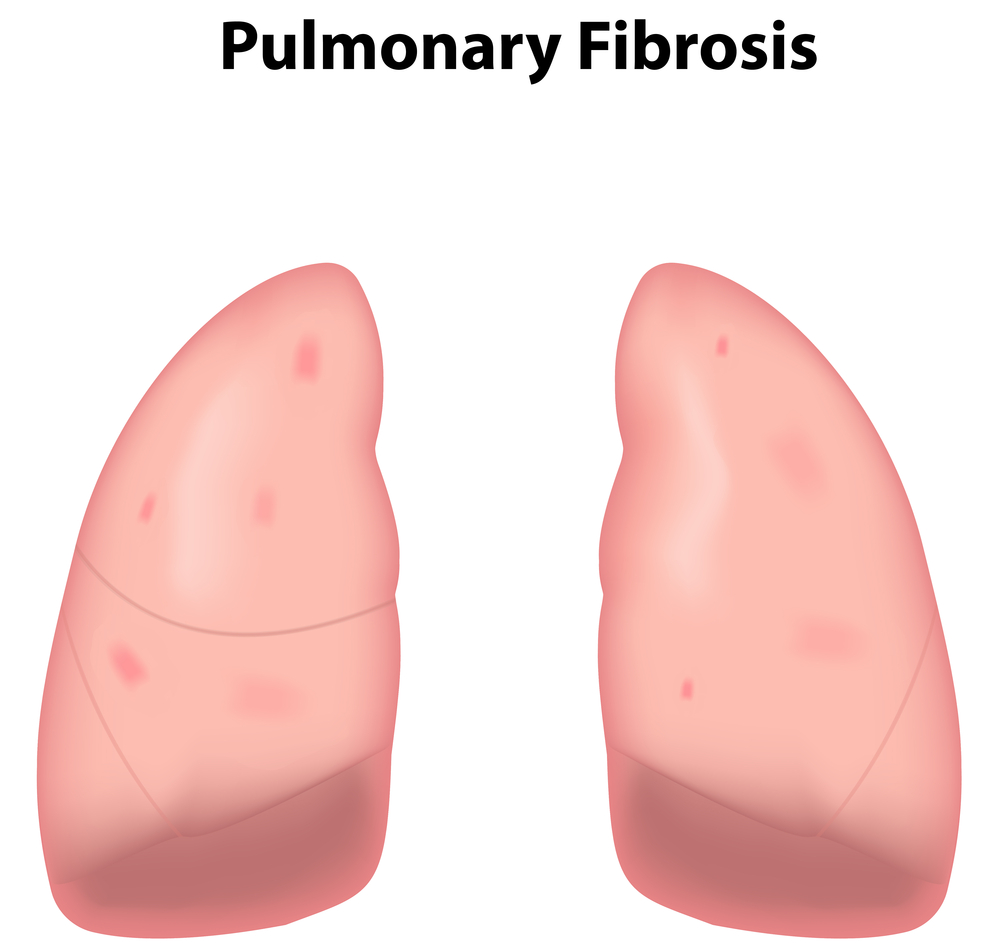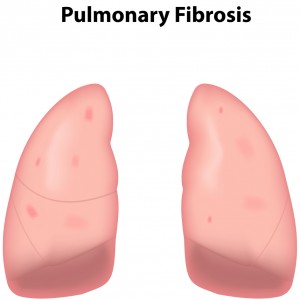Pulmonary Fibrosis May Be Driven by Mechanical Ventilation, Study Reveals

 In a new study entitled “Tryptase is involved in the development of early ventilator-induced pulmonary fibrosis in sepsis-induced lung injury,” researchers identified mechanical ventilation as an inducer of pulmonary fibrosis by modulating secretion of pro-fibrotic factors. The study was published in the journal Critical Care.
In a new study entitled “Tryptase is involved in the development of early ventilator-induced pulmonary fibrosis in sepsis-induced lung injury,” researchers identified mechanical ventilation as an inducer of pulmonary fibrosis by modulating secretion of pro-fibrotic factors. The study was published in the journal Critical Care.
Sepsis-associated ARDS (short for acute respiratory distress syndrome) and patients with acute lung injury often need mechanical ventilation (MV) to breath and promote tissue repair. However, the prolonged use of MV can actually further promote lung injury, a process known as ventilator-induced lung injury, or VILI, and lead to pulmonary fibrosis. Notably, ARDS patients often succumb to pulmonary fibrosis, despite responding to the treatments for the first, underlying disease.
During pulmonary fibrosis, lungs are invaded by increasing numbers of mast cells (cells of the immune system that reside in the connective tissues closest to the external surfaces, such as skin, lungs, etc, and contain pro-inflammatory and vasoactive mediators). Recent reports have suggested that mast cells are key players in promoting fibrosis in ARDS patients due to the release of pro-fibrotic factors, particularly tryptase, a potent stimulant of type-I collagen synthesis by fibroblasts.
[adrotate group=”3″]
In this study, authors hypothesized that mechanical ventilation might modulate the tryptase content released by mast cells, contributing to pulmonary fibrosis. They tested their hypothesis in a rat model of sepsis-induced acute lung injury, performing a prospective, randomized, controlled study where animals were randomly assigned to received two breathing strategies after sepsis induction. While a group of mice were maintained in a spontaneous breathing regiment, a second group received mechanical ventilation for 4 hours, with a group receiving protective ventilation while another group received an injurious ventilation. The study included healthy, non-ventilated animals as non-septic controls.
The study end-points included determining tryptase and PAR-2 localization in the lungs, as well as their expression levels, together with serum cytokine and hydroxyproline content. Histological analysis was also performed. The team found that while all septic animals developed acute lung injury, those receiving an injurious ventilation exhibited a significant increase in pulmonary fibrosis, accompanied by higher hydroxyproline content and tryptase and PAR-2 levels when compared to septic controls. Notably, however, those mice under a protective ventilation regiment exhibited decreased sepsis-induced lung injury and lower levels of tryptase and PAR-2 in the lungs.
The authors highlight that their study is the first demonstrating that indeed mechanical ventilation modulates the levels of both tryptase and PAR-2 in the lungs and that these factors associate with the development of pulmonary fibrosis under sepsis and ventilator support.







